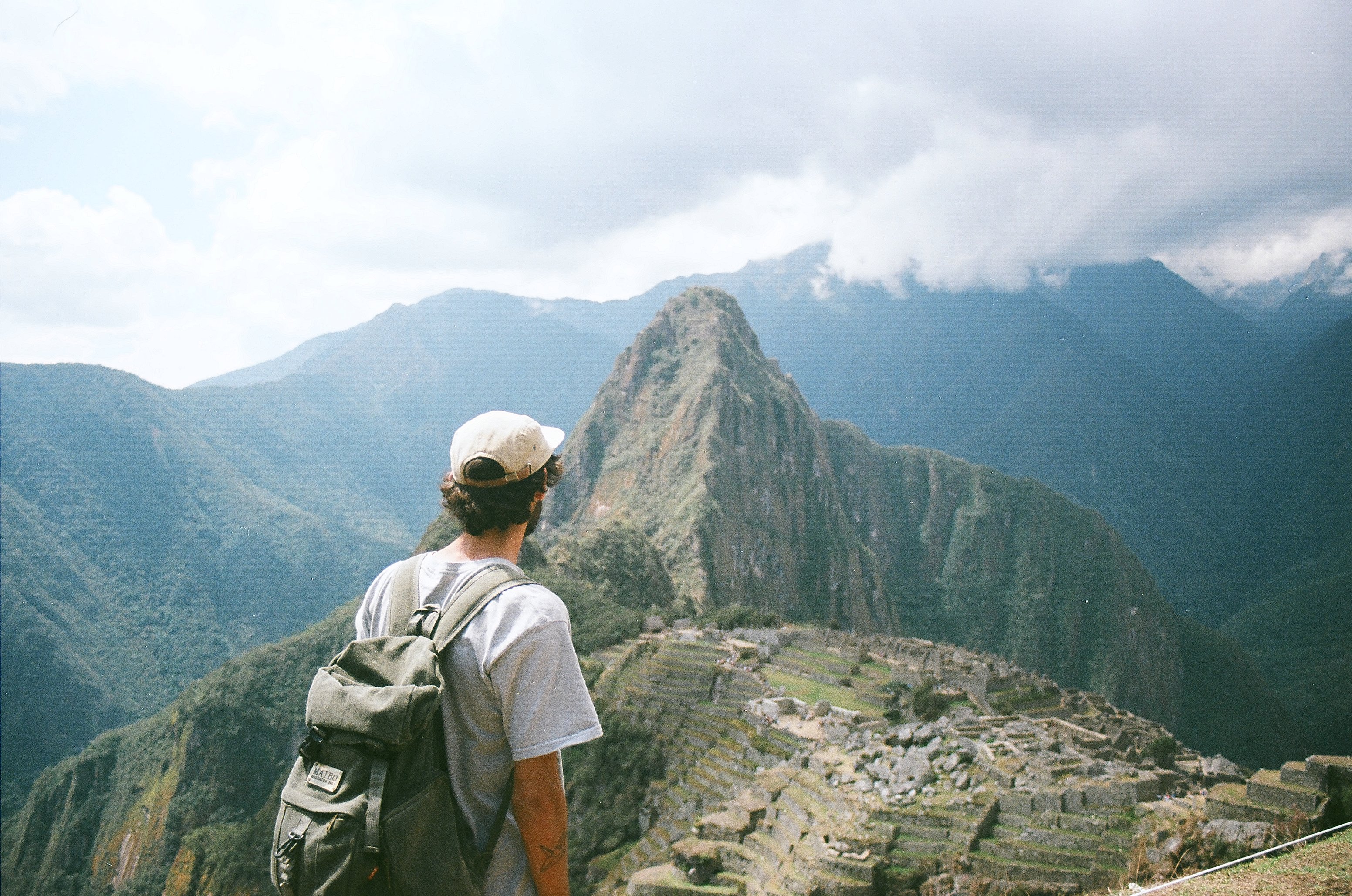
Our friend Mariano Karlen is currently on the longest skate trip ever. For over a year he and his girlfriend Cami have been driving and skating up the entirety of South America. They’ve run into pitfalls and setbacks at every single stop, but they don’t let any of that deter them from relishing in the excitement of traveling and skating across unfamiliar territories.
While traveling, Mariano continues to run his skate blog, Confort Mag, and he got in touch with us to share some of his road stories. What follows is his account of driving, skating, and smoking weed from Argentina to Panama. He sent along plenty of photos and footage he managed to film with local crews along the way. If you ever wanted to know how to live as a skate nomad, this is your guy.

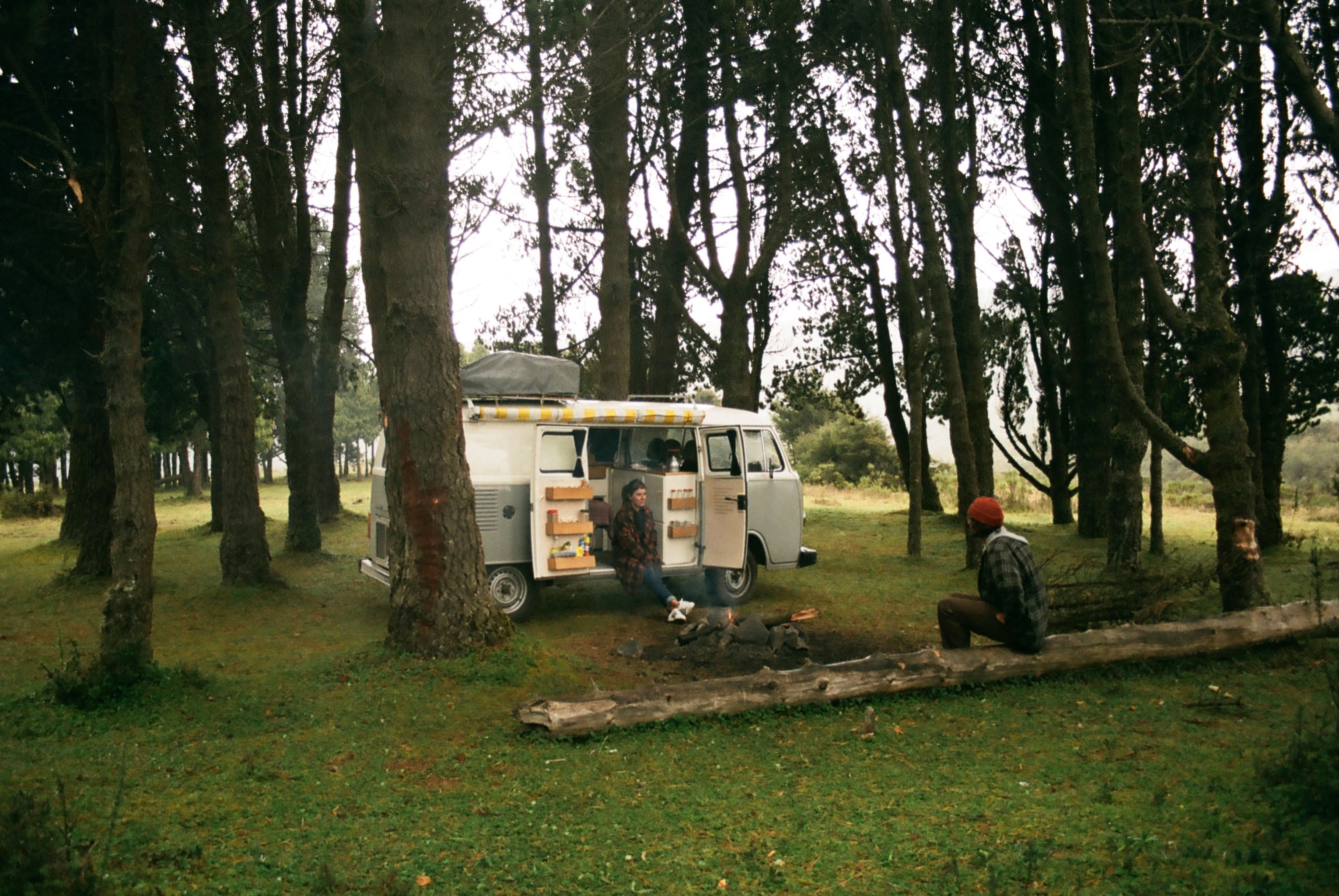
INTRO

It has been 438 days since my girlfriend Cami and I began our trip. We’ve driven 18,850 kilometers (11,700 miles) in our 1987 Volkswagen Kombi T2 van to this make-do rest stop in Boquete, Panama. I’m writing here with the help of a terrible Wi-Fi connection that I’ve actually come to appreciate. Cami and I are from Córdoba, Argentina. Three years ago we decided to ditch our normal routines for a life without clear paths or fixed dates. Our idea was to take an indefinite trip through Latin America and eventually end up in Canada. After saving money for two years we bought the Volkswagen, transformed its interior into a mobile home, and I quit my job at the local skateshop. Although our trip is far from over, hopefully my account of our travels will give you an idea of what it’s like to skate across South America, should you ever take the journey yourself.


ARGENTINA’S ROUTE 40
(JUNE 15 – AUGUST 18)

Except for a few small towns and herds of vicuñas (a relative of llamas), Argentina’s Highway 40 runs mostly through uninhabited areas. After a month of seeing only different shades of rocks and sleeping in 0-10°C (32-50°F) temperatures, the thought that I would ever be able to skate started to fade.
After climbing to an altitude of 1,500 meters (4,900 ft), our Volkswagen’s engine fan broke and we had to leave the van with a mechanic. We stayed in the city of San Salvador for nearly a month, spending too much money on hotels and delayed vehicle repairs. During this time I also got a call from Etnies telling me they were cutting me from their Argentina team. We had budgeted the trip with that monthly Etnies check in mind, so when our savings eventually ran out, I didn’t know how we could continue.
While we started brainstorming new income sources, we found the one person in San Salvador who could get our van in shape for the mountainous roads of Bolivia. So we set off again, still not knowing when I would be able to skate.

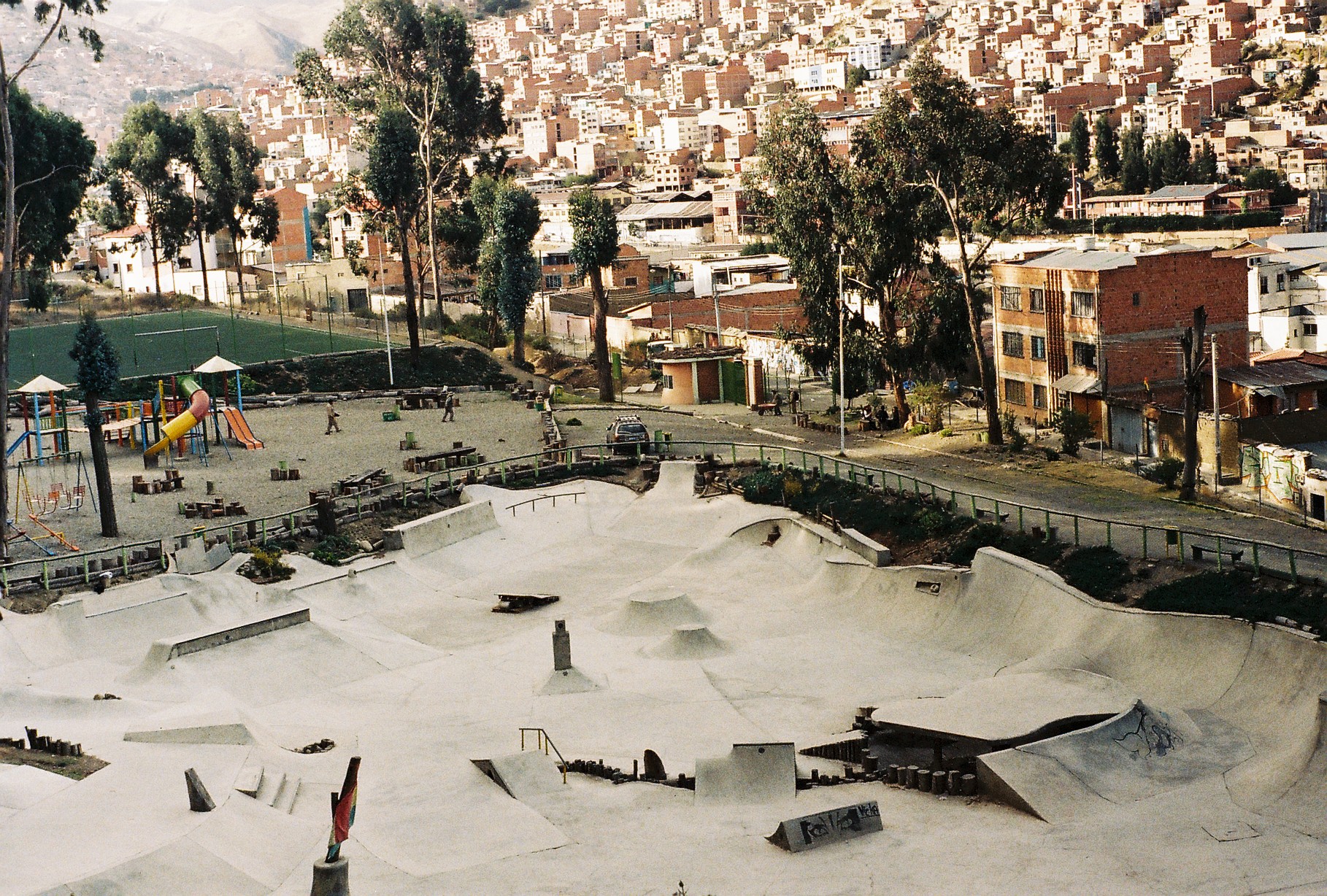
SUPER HIGH IN BOLIVIA
(AUGUST 18 – SEPTEMBER 9)

Bolivia is a difficult place for outsiders. The “normal” social customs we each abide by are not the same as those that rule life 3,000 meters (9,800 ft) above the sea in Bolivia’s mountains. The climate is dry and rough as a cat’s tongue. The food is uninviting. And, most noticeably, the locals have a hard time being friendly. After spending a week in Cochabamba we were eager to reach the bigger, more hospitable city of La Paz.
The chaos and eclecticism that define life in La Paz has been miniaturized in Pura Pura skatepark, the most amazing D.I.Y. spot on Earth. The past two months I had gone without skating were worth it to reach this majestic concrete structure. Standing in the forest between La Paz and its neighboring city, El Alto, just looking at Pura Pura, I felt my heart beat fast. But after five minutes of skating at the low-oxygen altitude of 3,500 meters (11,482 ft), I felt my heart trying to force itself up my throat, about to explode. I thought I might die. Eventually, after many breaks and mouthfuls of coca leaves, I finally found the balance needed to enjoy a session at Pura Pura without getting a headache or falling over puking.
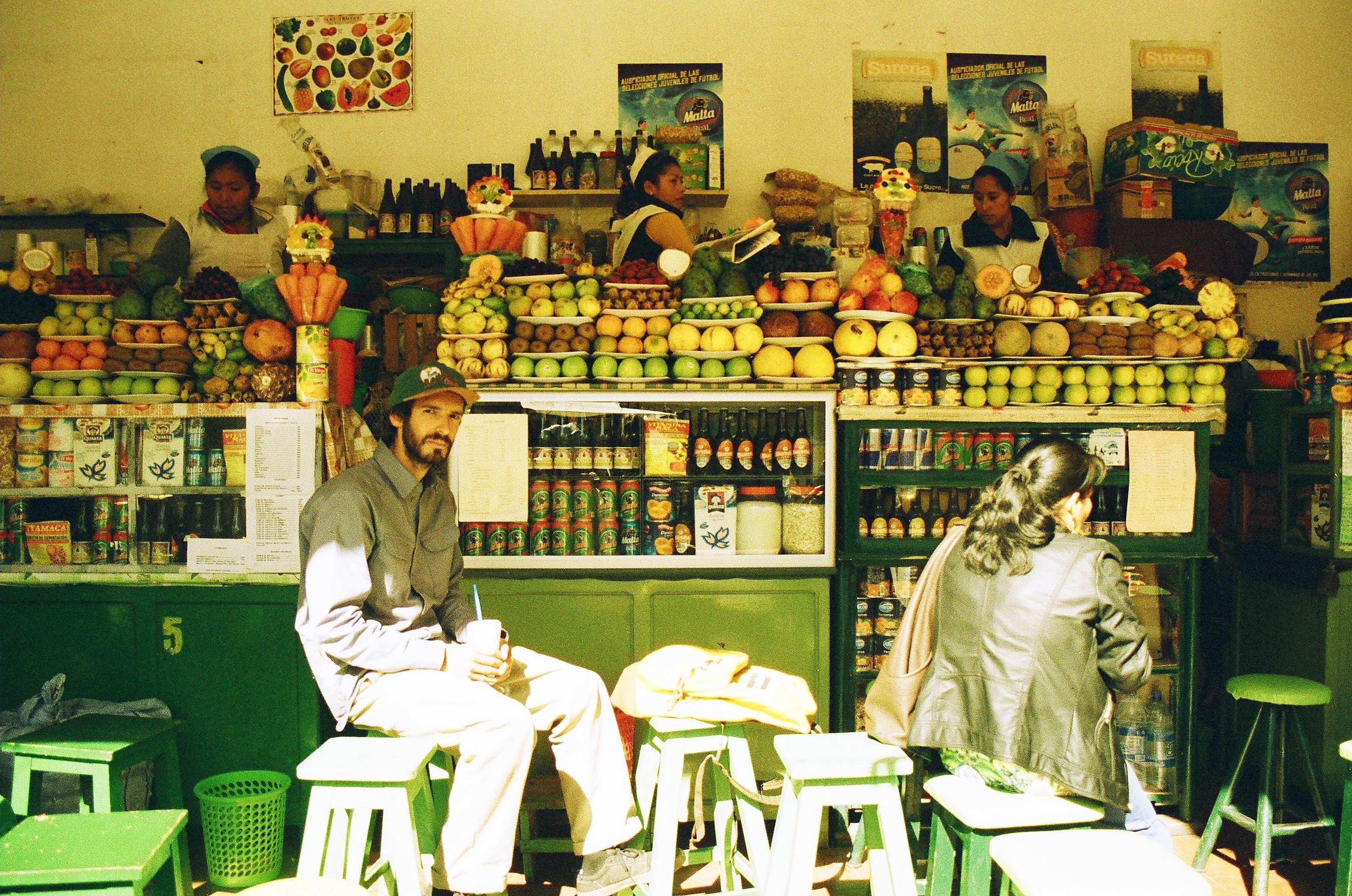
Later, I smoked weed with some Bolivian skaters I met at the park. It was my first joint since crossing the border. Getting weed in Bolivia is not easy. In the month we had been there, I had not seen a single Bolivian with weed, only lots of cocaine. What a relief to finally unwind with some herba.
After Pura Pura we headed down to Sopocachi, one of the city’s few skate spots. The road from the skatepark to the city was hilly, perfect for suicidal VX filmers. We spent the rest of our time in Bolivia skating around La Paz and enjoying the landscapes of Lake Titicaca before getting back on the road to drive to Peru.

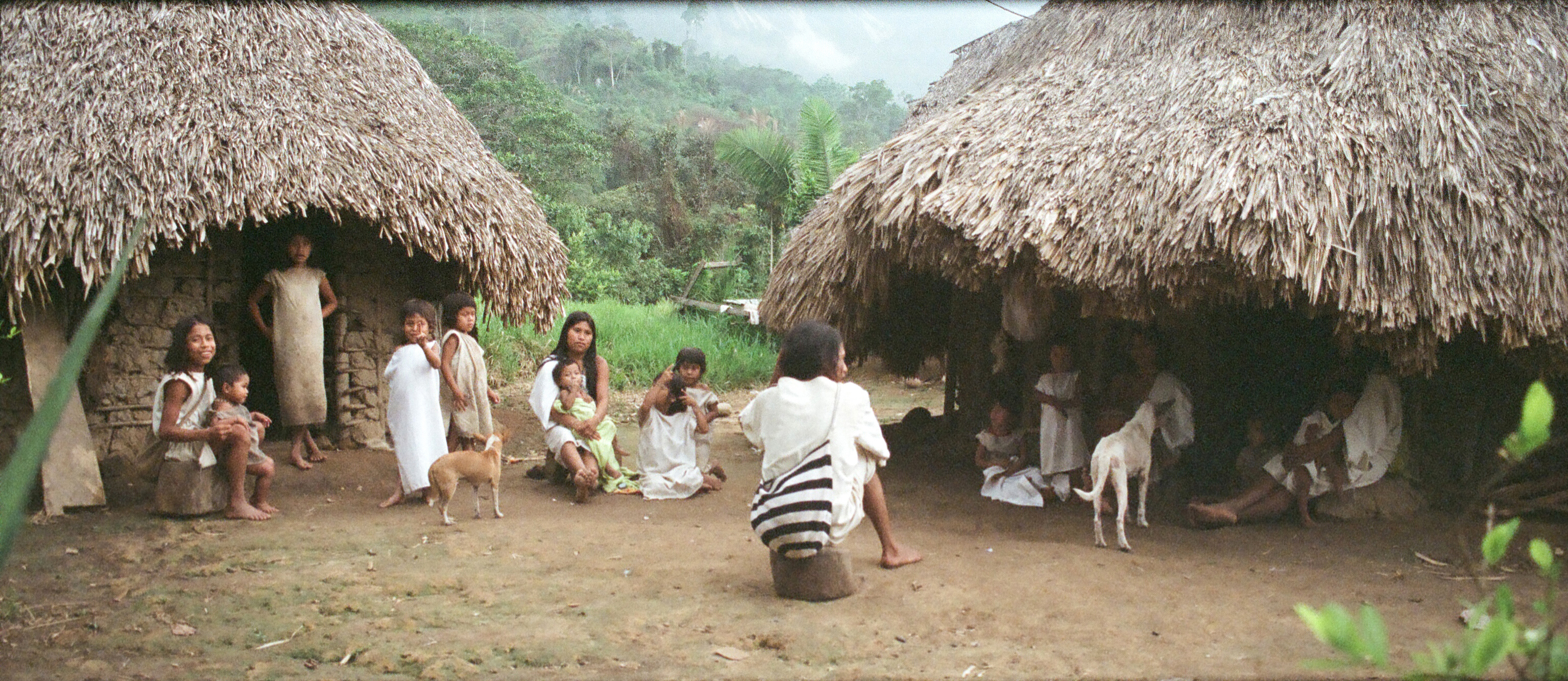
PERU’S INCAN TRAIL
(SEPTEMBER 9 – DECEMBER 14)

We entered the Peruvian border through Valle Sagrado and continued north to the Inca’s Trail. These days, the trail is a mixture of small villages with lesser-known Incan ruins. Great for avoiding tourists with Columbia (not Colombia) jackets and enormous camera gear. After visiting Machu Picchu (by far the heaviest tourist spot but not one to miss), we began the drive through the Andes Mountains. Our next destination was Lima, where we would meet up with my friend Nicolás Céspedes and his savage skate crew.
We traveled to Lima over five days and up and down mountains reaching 5,000 meters (16,400 ft) high. At one point, upon descending to sea level, both our carburetor and engine fan broke. The last 150 kilometers (93 miles) took us ten hours to drive, but we eventually reached Nicolás’ house. After sending the Kombi to yet another mechanic, I was ready to dedicate myself 100% to skating. With the exception of Lima’s unending traffic, it is an amazing place to film skating. The city has thousands of spots, each with perfect ground. There’s a skatepark in almost every neighborhood, and the locals are eager to stack clips. Visiting Lima was truly a blessing.
Some time ago, Cami and I decided to take a detour back home to attend her brother’s wedding. After filling out a bunch of customs paperwork, we left our van in Lima’s airport parking lot. I was excited to see my family, stuff myself with delicious food, and most of all, skate like a madman.

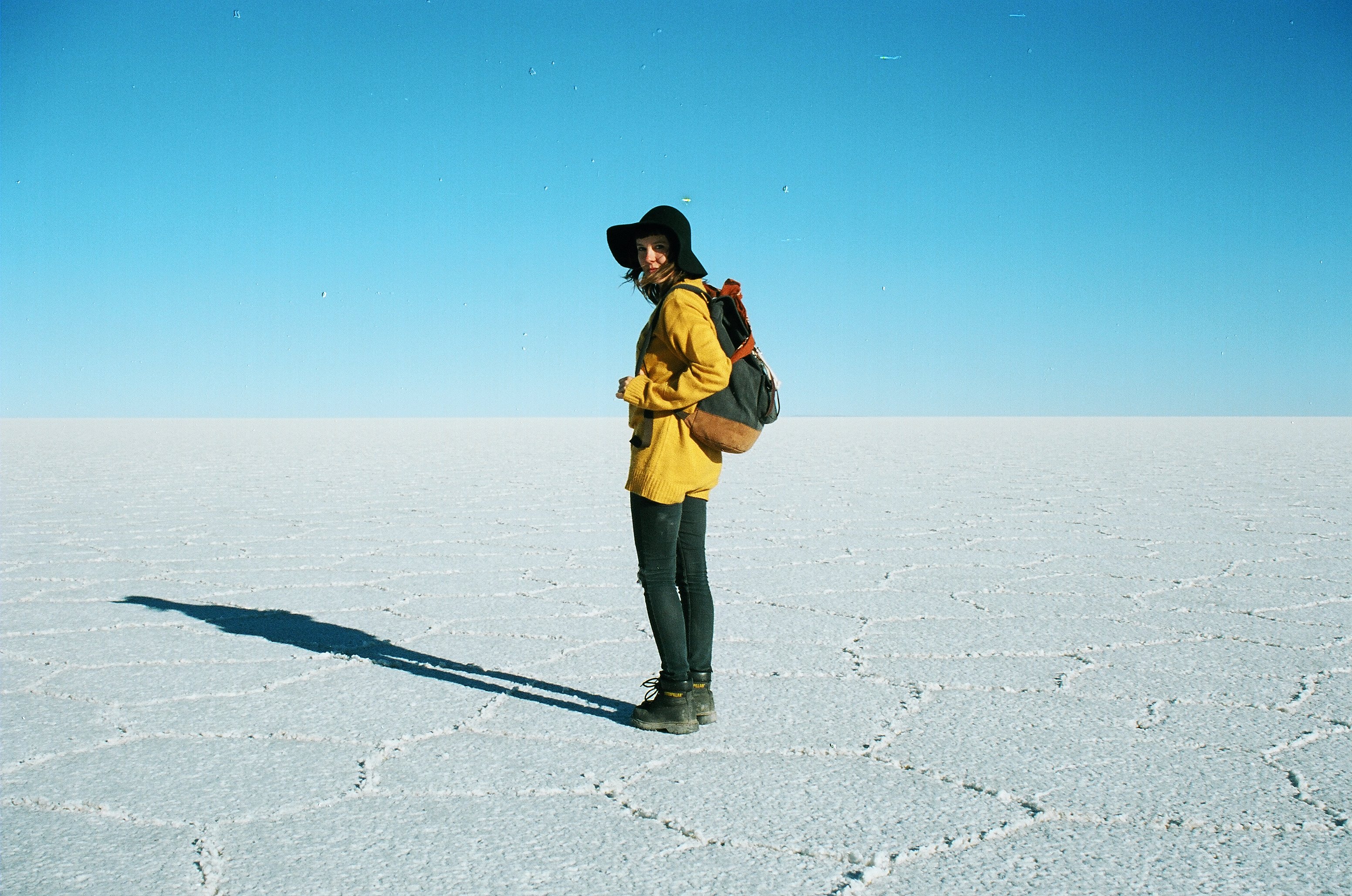
THE PATH OF THE ECUADORIAN SHAMAN
(DECEMBER 14 – FEBRUARY 13)

To be a tourist in your own city for a month and a half is a very special thing. Having dinner with your friends at familiar spots is no longer boring, and in the evening everyone wants to invite you out for a beer to hear about your adventures. But eventually the party comes to an end and you must return to daily life, which in my case means traveling in a Volkswagen up the Pan-American highway.
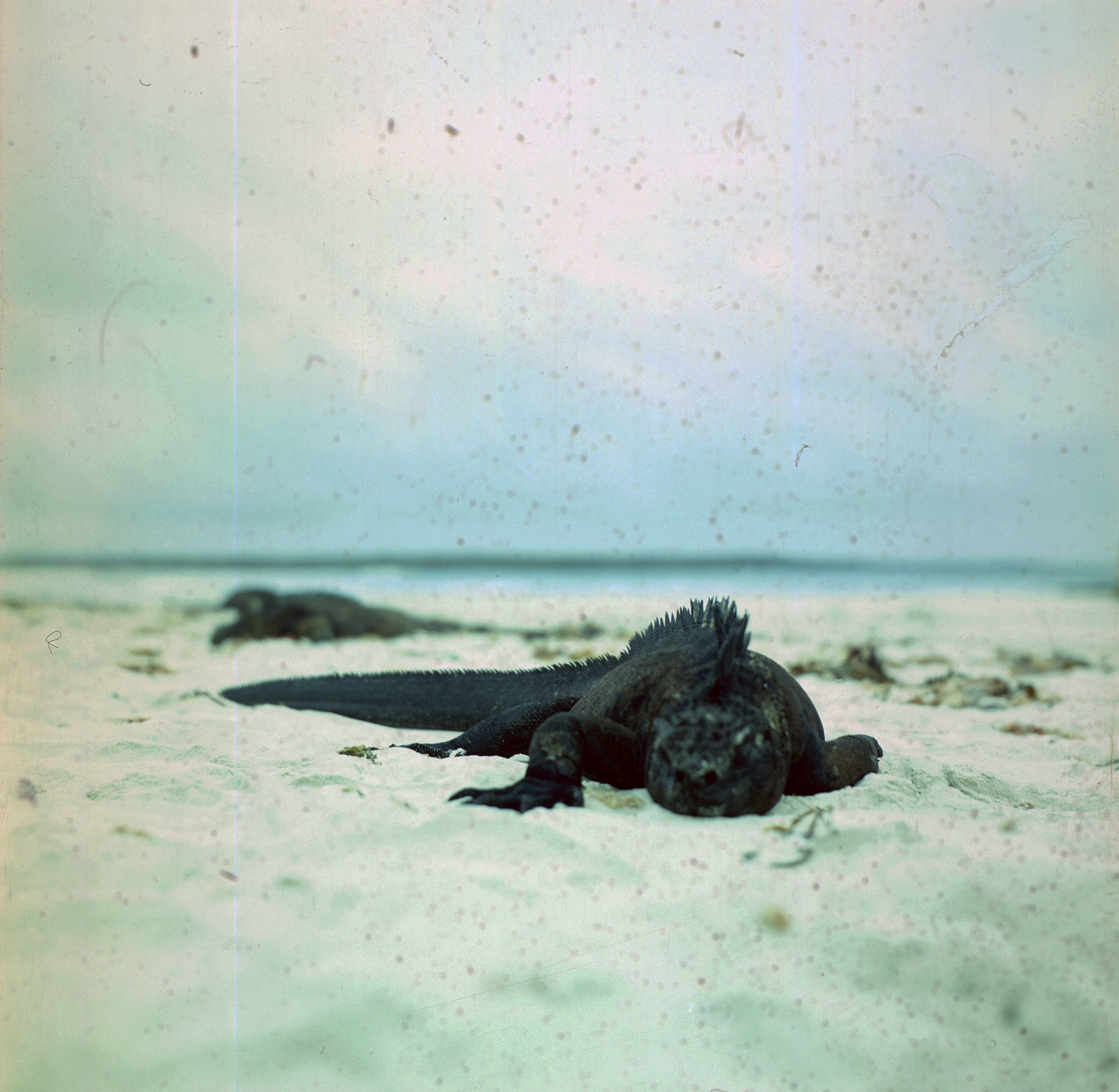
Our first leg was a 1,675 kilometers (1040 miles) drive from Lima to Guayaquil in the south of Ecuador. From there we parked our van at an airport and flew to the Galapagos Islands. I left my board behind because I didn’t expect to find anything to skate on the islands of Charles Darwin’s discoveries. But upon stepping out of the airport shuttle on Santa Cruz island, I spotted a basketball court with ledges, flat bars, and a perfect concrete quarterpipe. Although I missed out on truly idyllic skate spots, I was able to distract myself by swimming with sea turtles, sharks, and manta rays. All things considered, our island hop was not a total loss.
After 20 days without skating or weed (joints in Galapagos costs $25 USD apiece because the islands are so remote) we returned to Guayaquil to pick up our van and head deep into the Amazon rainforest. There, I found a job at a natural medicine center working closely with tobacco and ayahuasca. If you feel the need to try an ayahuasca ceremony, it is not simply a matter of arriving in Ecuador and drinking whatever mixture from the first “shaman” you see. It is a serious endeavor, and the craft of a true Shaman is special.
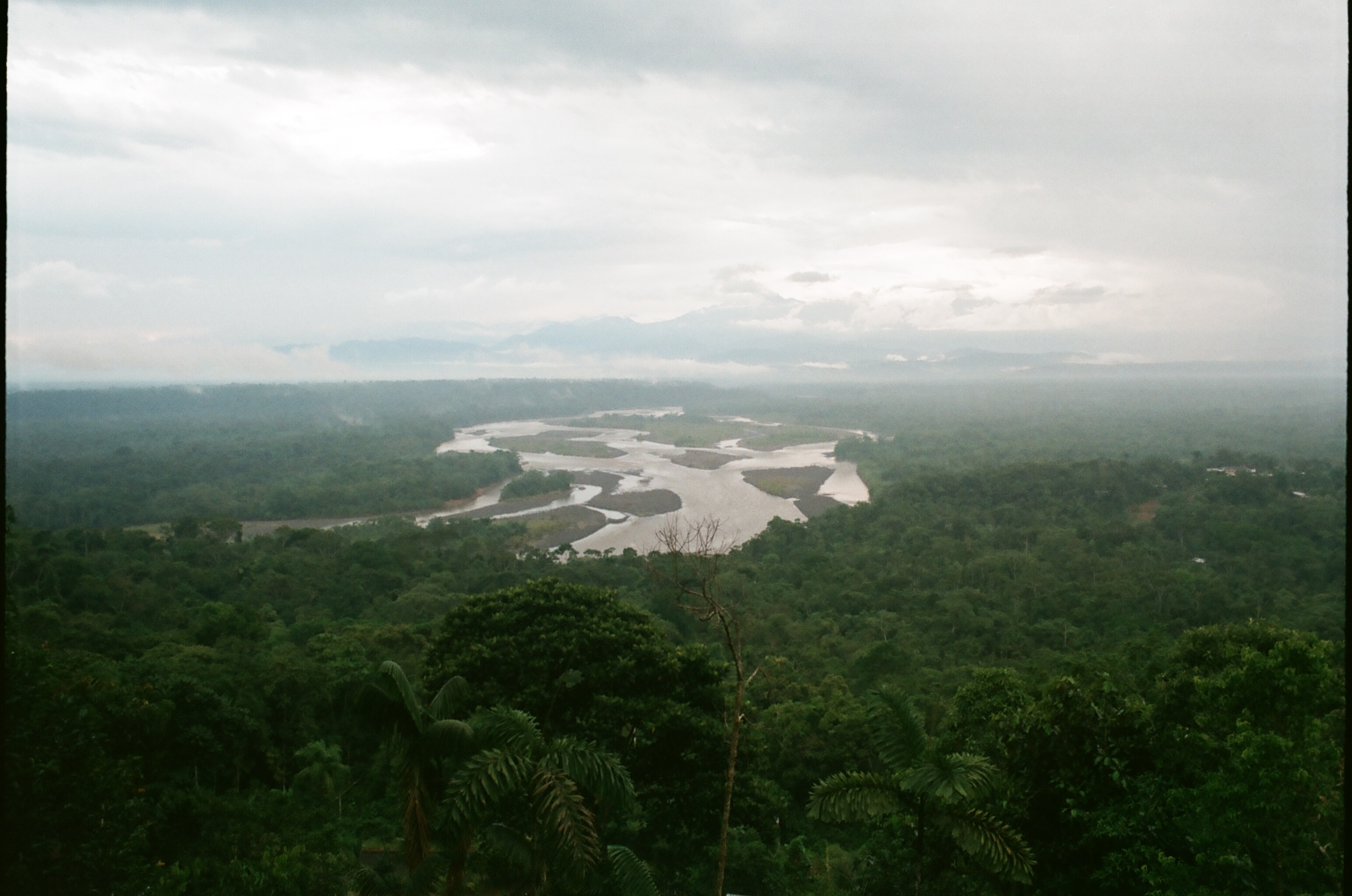
I arrived in the Amazon already knowing the Shaman I would work with. He’s not a native elder who wears brightly colored flumes or necklaces. He actually looks pretty average. For me, taking ayahuasca was more of a process than a trip. I did three ceremonies in five days. The first ceremony was meant to assimilate my body to the ayahuasca. It’s hot and bitter so you need to concentrate to handle the physical effects. I did not get very spiritual or hallucinate.
The second ceremony was more intense. The dose was higher and I felt overwhelmed by my thoughts. I spent the entire ceremony at war with my mind, but I did learn a little more about myself. For my final ceremony I arrived feeling really prepared, and I was able to relax my mind. I became immersed in incredible visions from the jungle and I worked through personal issues constructively. In the morning, I was full of peace and fluidity. I recommend this experience.
Reconvening with my skateboard in Quito could not have gone better. There, I met up with a crew I had connected with earlier through Facebook and followed them around to dozens of spots. Ecuador’s skateboarding scene is small but filled with solid crews and amazing spots. When the time came, it was hard to leave Ecuador. But in life we must learn to say goodbye in order to reach our next destination. In our case, it was Colombia.

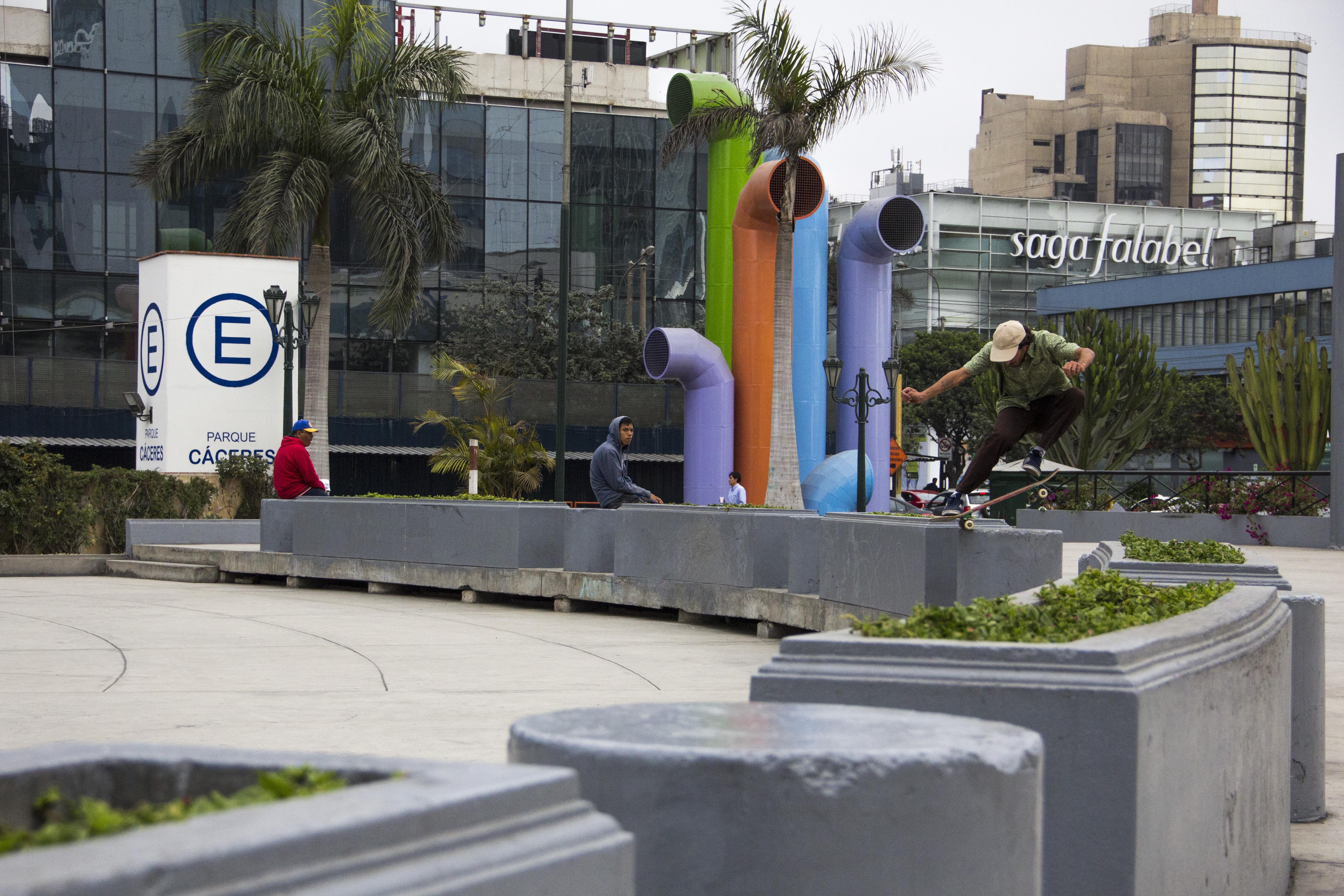
COLOMBIAN SKATEBOARD CARTEL
(FEBRUARY 14 – JULY 17)

Following the coffee export trail, we arrived in Medellín, known for drug trafficking and as the birthplace of Pablo Escobar. It is unbelievable how easy it is to get hold of illegal substances in this city. Just walking down the street you feel the pressure to buy from dealers. In the other countries we visited, finding something to smoke was usually a pain, and not always worth it. But weed shopping in Medellín is just another errand.
Once, after skating the Niquia skatepark, a local took me to a nearby ghetto to get weed. We arrived at a crowded intersection full of people. Old men drinking beer and playing cards, prostitutes on the corners, kids playing soccer, and yonkies [Spanish slang for drug addicts] smoking crack. At every door we saw someone selling drugs openly, each with various selections and presentations. Our dealer turned out to be a 70 year-old woman. She gave me two neat five gram bags together for $3 USD(!).
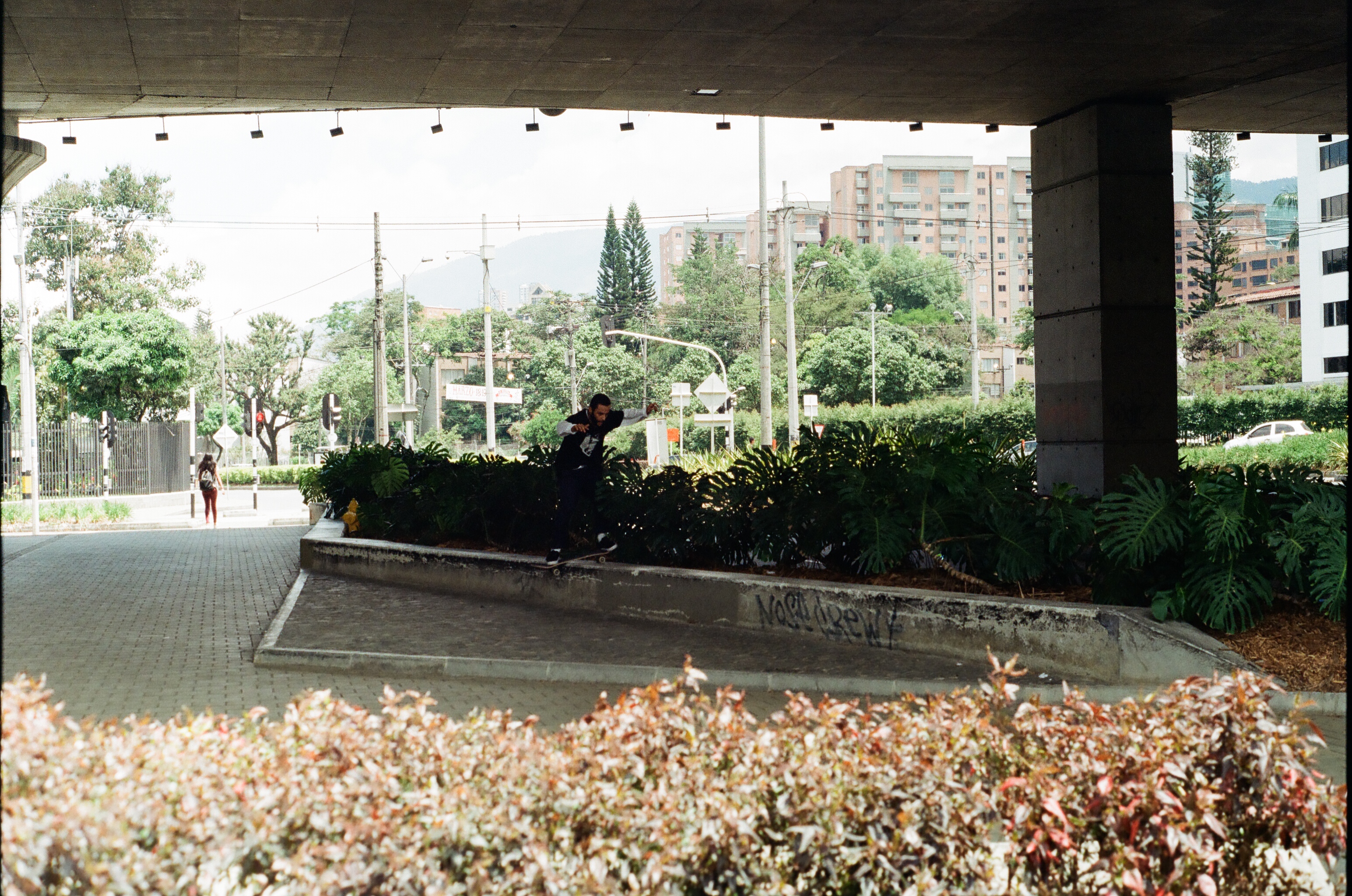
Affordable drugs aside, skating in Colombia was weird. Spots in Medellín have personality and their skateparks are actually fun. It was there that I met Sebastián González, who introduced me to the local crew and was always down to put together filming missions all over the city of “El Patrón.”
Bogotá, however, was completely different. It has incredible spots and tons of skaters, but they rarely seemed to skate. Of the 25 days we spent there, I only skated with others twice. The rest of the time I ventured out with Cami and filmed on her iPhone. In some cases, the skaters I was in contact with stopped answering my messages, and more than once they ditched me at spots. I spent two hours one day waiting in the Telecom building, a Bogotá spot in a shady downtown area. As I was giving up hope, I saw some homeless guys scuffling to the side. Then, suddenly, one of them got stabbed in the face. He stumbled away, spilling what seemed like gallons of blood with each step. By the time he left, everything was covered in his blood, including the ledge I had been skating. I did not stick around after that.
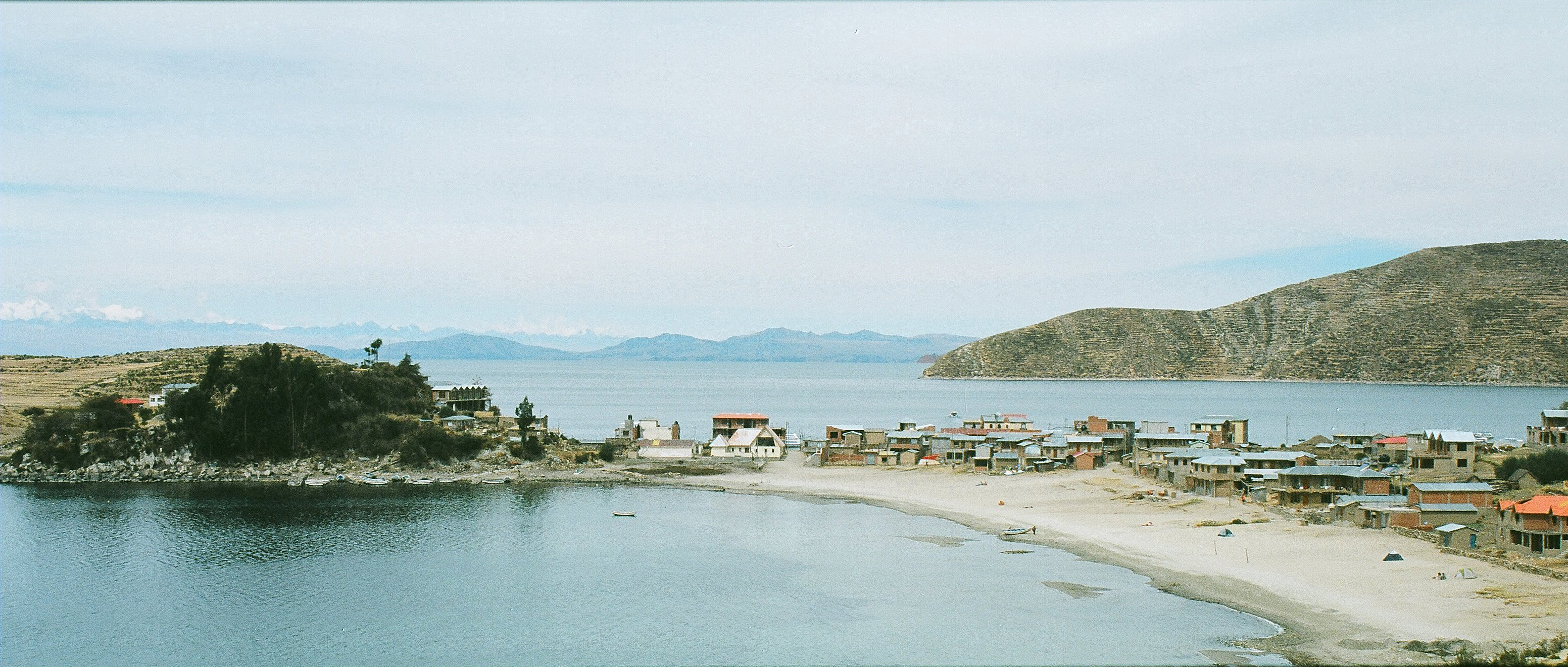
After making the most of our stay in the beautiful Antioquia region surrounding Medellín, we headed toward Cartagena to ship our van to Panama. Because the Pan-American highway does not run through the thick jungle between Panama and Colombia, boats are the only way to get vehicles from Colombia to Central America. This area, also known as the Darién Gap, is full of drug lords and guerrilla fighters. So after sloughing through the bureaucracy and transferring a large sum of money to the shipping company, we left the van at the docks and took a brief detour to an island in the south Caribbean. We spent a few days relaxing on the beach and swimming in coral reefs, then caught a flight to pick up our rolling home and continue onto the next step: Central America.

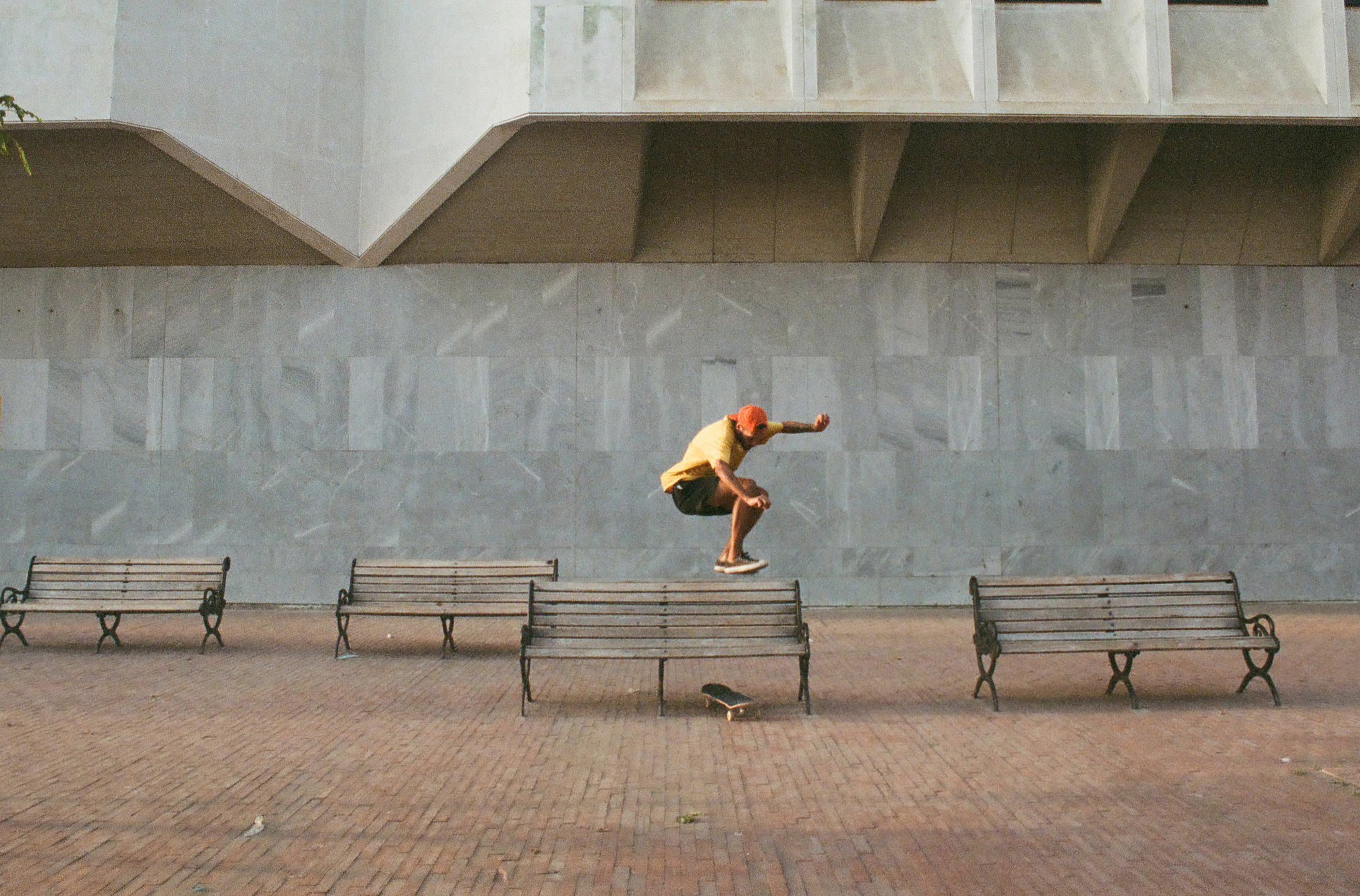
PANAMA PAPERS
(JULY 17 – AUGUST 2)

Panama City is the ugliest city we’ve been to so far. The heat and humidity are unbearable, driving through traffic makes me want to kill myself, and the police are ginormous assholes. You can spend an entire day going from spot to spot and only end up skating about five minutes in total. That is why most of Panama City’s skaters confine themselves to their one decent skatepark.
Unfortunately, outside of skating, Panama City does not have a lot to offer. Enormous buildings in the old city center give a false impression of development. In reality it’s a vacant lie, the product of millions of dollars laundered annually through shady businesses in the canal.
Since leaving our home, life has become remarkably simple and light. We carry only what fits in our van and don’t worry about knowing exactly what lies ahead. Skateboarding in South America is shaped by the environmental conditions, cultural customs, and architecture specific to each city. These distinctive surroundings allow for different kinds of skating, and yet as skateboarders, we all still share the “language of skate.” I now understand how vast that language can be, and I am excited to learn more variations of it as we continue.

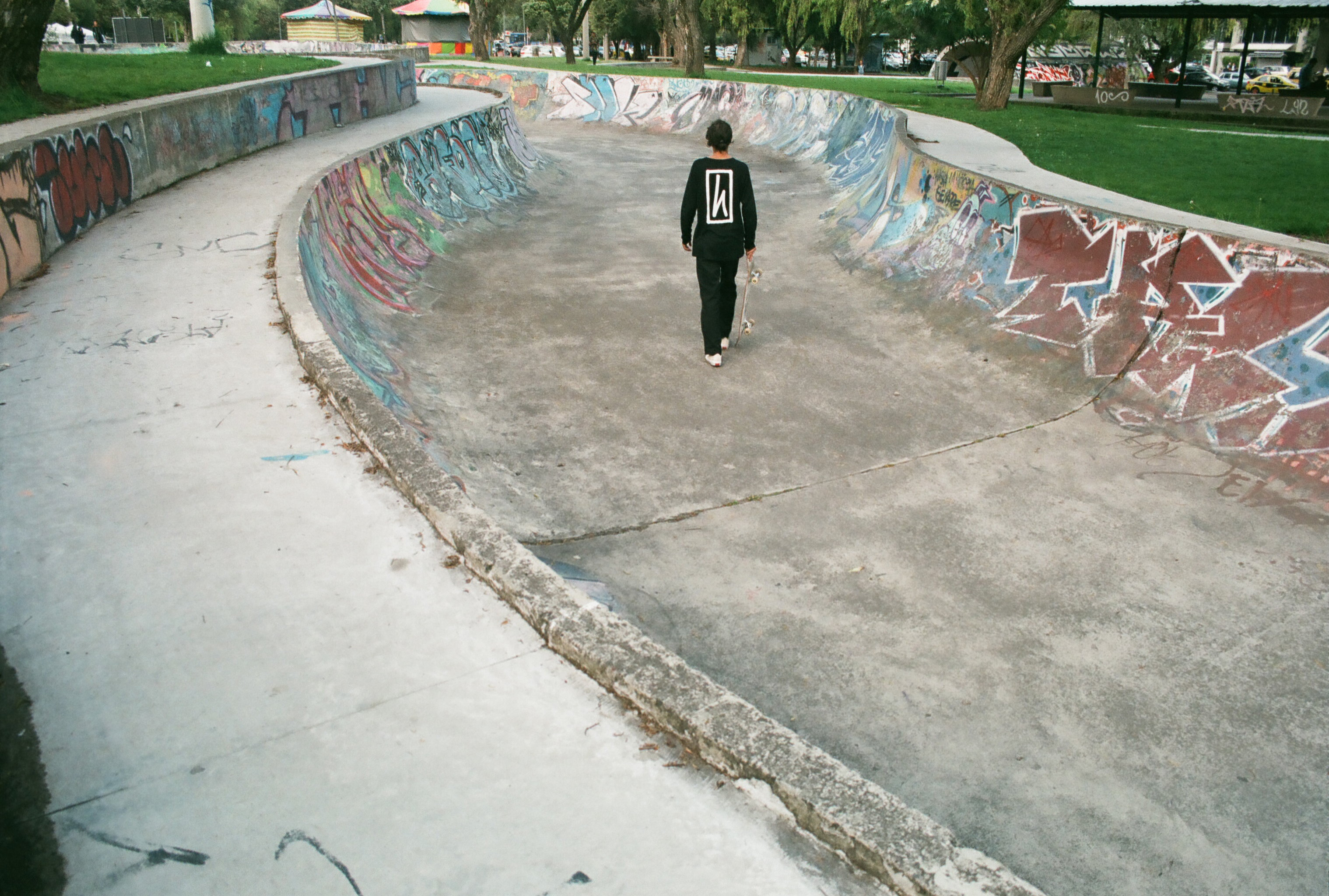
Related Posts
Comments
Popular
-
 WHAT FILM CAMERAS ARE SOME OF SKATING’S BEST PHOTOGRAPHERS USING?
WHAT FILM CAMERAS ARE SOME OF SKATING’S BEST PHOTOGRAPHERS USING?
It’s easy to feel lost in finding your own go-to camera. We hope this helps.
-
 A CHAT WITH LUDVIG HAKANSSON, THE OLDEST SOUL IN SKATEBOARDING
A CHAT WITH LUDVIG HAKANSSON, THE OLDEST SOUL IN SKATEBOARDING
The man loves to read Nietzche, skates in some expensive vintage gear, and paints in his own neoclassical-meets-abstract-expressionist style.
-
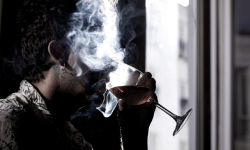 AN INTERVIEW WITH DUSTIN DOLLIN, THE LAST OF THE PISS DRUNX
AN INTERVIEW WITH DUSTIN DOLLIN, THE LAST OF THE PISS DRUNX
"It’s so weird being an alcoholic for 20 years and now my body feels fine."
-
 THE WAIT IS OVER: IPATH SHOES ARE BACK
THE WAIT IS OVER: IPATH SHOES ARE BACK
Cats, Grasshoppers and Fred Gall. What's going on with this IPATH reboot?
-
 HUNTING DOWN A REMOTE QUARTERPIPE IN A SECLUDED DESERT TOWN
HUNTING DOWN A REMOTE QUARTERPIPE IN A SECLUDED DESERT TOWN
We heard stories of a quarterpipe in the post-apocalyptic desert town of Bombay Beach and went off to find it.

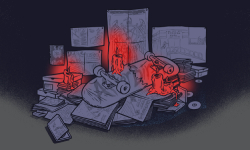
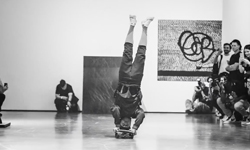
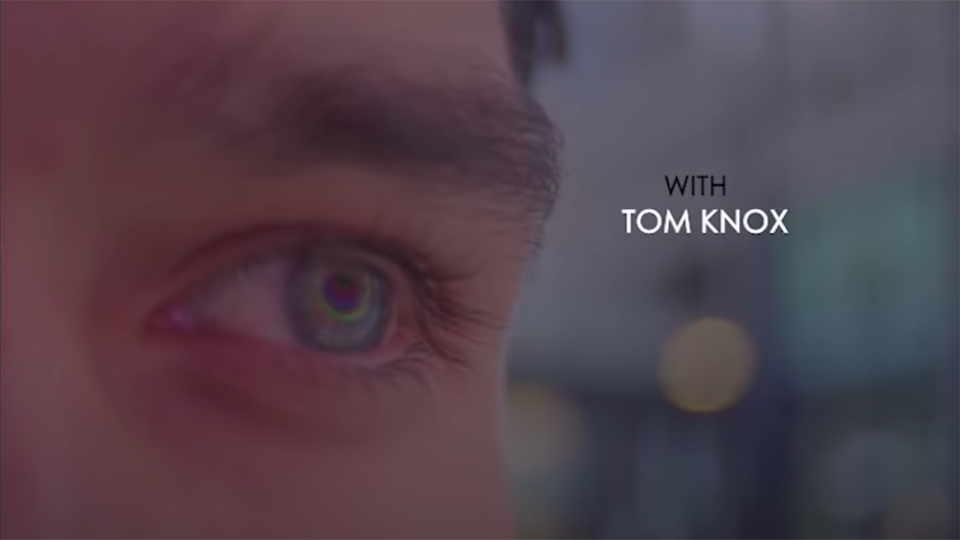
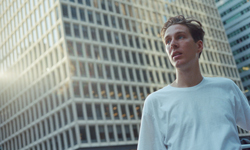
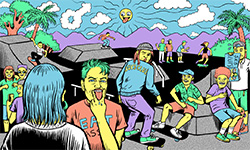
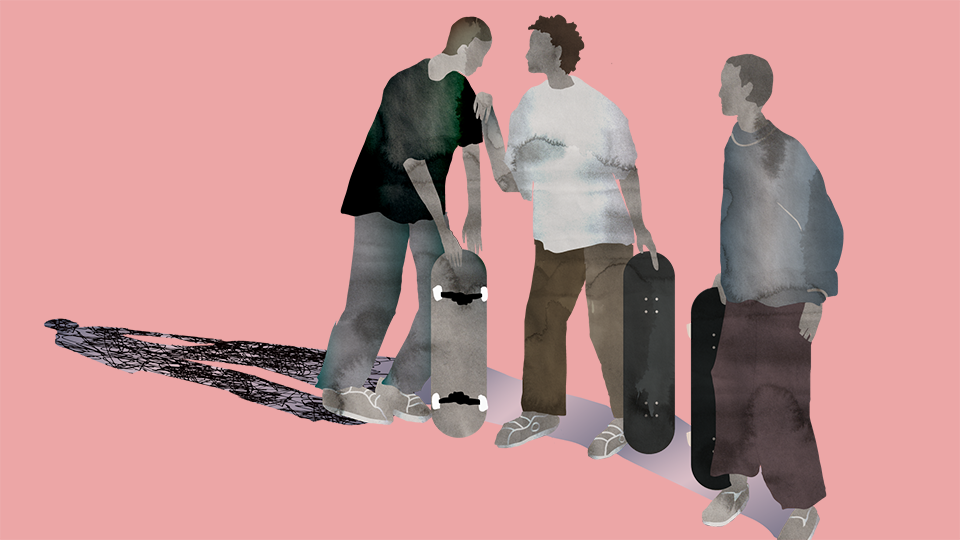
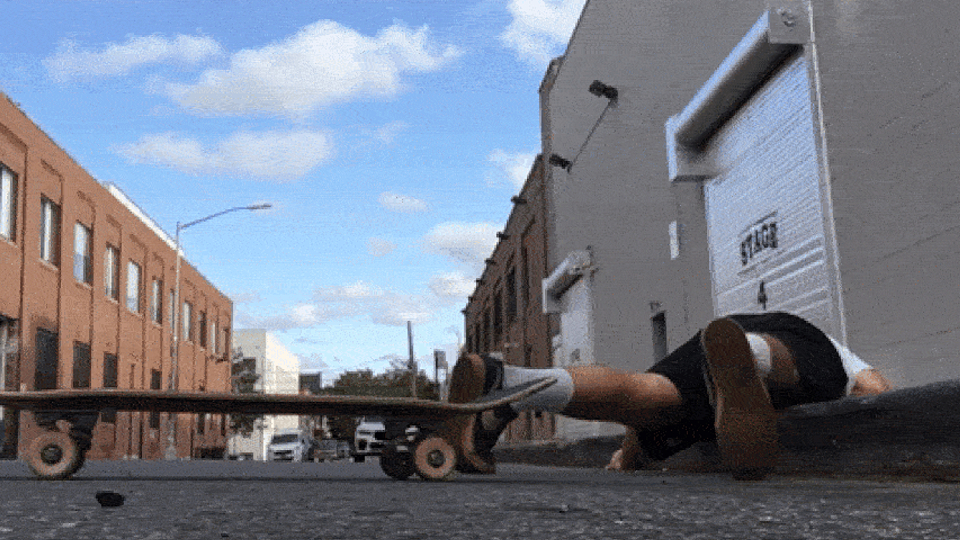
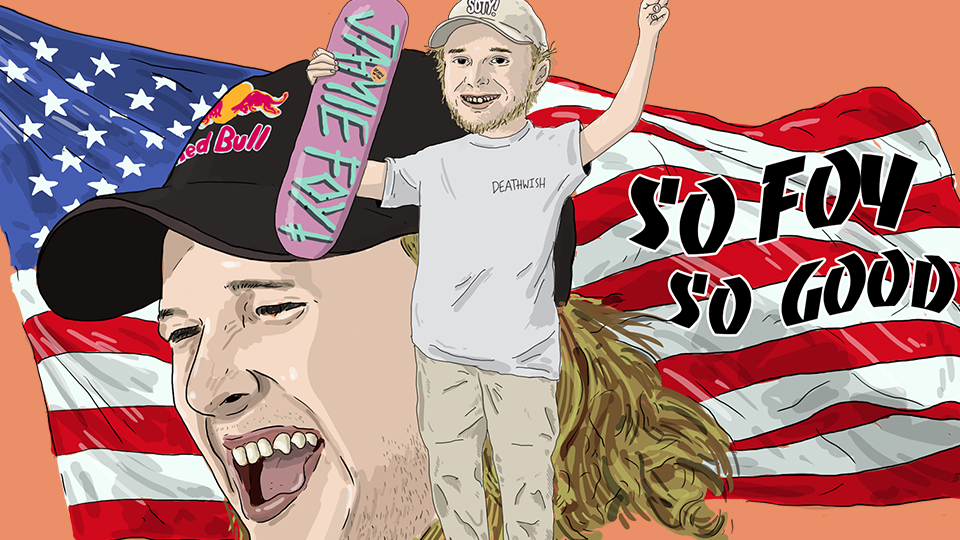
January 16, 2018 12:42 pm
awesome
January 16, 2018 2:08 pm
I’ve never understood why people travel for skating. I can skate just fine right outside my house and there is no need to go anywhere.
January 16, 2018 2:35 pm
I think they are doing for various reasons and not only for skating. Maybe the last step of their journey.
January 18, 2018 4:18 pm
<3
January 16, 2018 2:44 pm
Sick article. Makes me want to take a road trip!!!!
January 19, 2018 7:25 am
Every human being loves to travel, every skateboarder loves to skate different spots…
1+1=?
May 3, 2021 2:39 pm
bruh skating in different places is super cool and there usually sponsored and good unlike you and they get paid to skate. And skating in one place get very boring and its more fun to go to different countries or states that are goog for skating
January 16, 2018 4:41 pm
epic
January 16, 2018 4:48 pm
Sick! I’m in Peru at the moment doing the opposite of thier trip although, deffo sick spots around South America, altitude is a killer thou